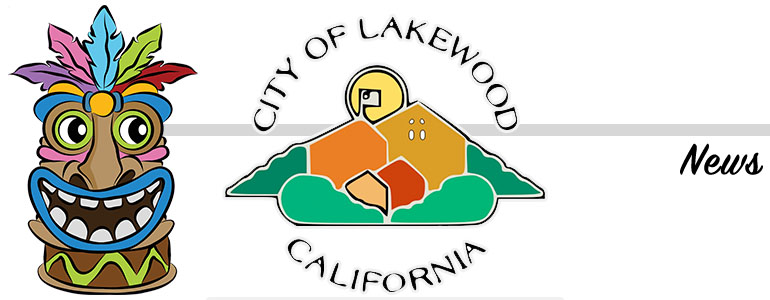
Like opossums and raccoons, coyotes have adapted over the years to suburban life throughout California and the nation.
While Lakewood doesn’t have the level of coyote problems of many communities near foothills or large open spaces, coyotes can venture into residential areas and become problematic, especially if people are feeding them (intentionally or unintentionally) by leaving pet food out overnight, tree fruit on the ground, or trash unsecured.
These coyote attractants create a threat to pets, as coyotes coming into neighborhoods see them as potential prey. Coyotes will kill cats and small dogs who are left unattended or stray off your property.
The California Department of Fish and Wildlife, which has jurisdiction over urban wildlife in our state, provides helpful tips for communities and asks for our cooperation. The City of Lakewood recommends that residents follow these guidelines to prevent attracting coyotes into our community.
Tips to safeguard your pets
- Keep your small dogs and cats inside. Coyotes can jump over fences 6-10 feet high.
- Feed your pets inside. Don’t feed feral cats, ducks or pigeons. They attract coyotes to your neighborhood, putting pets at risk.
- While walking dogs, keep them on a leash 6’ or shorter. If you encounter a coyote while walking your dog, remain calm, take control of your dog by picking it up if possible and back away slowly, keeping your eyes on the coyote. Look for another pedestrian to assist you.
- Use negative reinforcement (“hazing”) to train coyotes to stay away. If you see a coyote, let it know it’s not welcome in your neighborhood by making loud noises to frighten it away. You’re helping the coyote by keeping it wild…and you’re helping protect your neighborhood.
- Keep trash lids securely closed. Don’t overfill trash cans so they can’t close fully. Coyotes can reach in and get food. This teaches them to come to your home.
